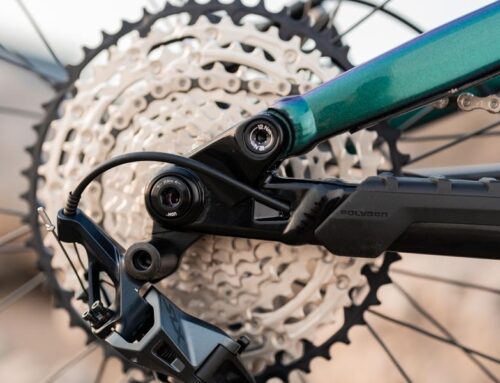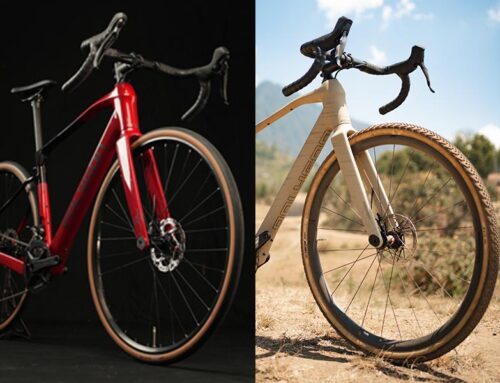All riders should be aware that bikes need regular maintenance and service. To optimized mountain bike functions, it’s important to take good care of your bike and perform regular maintenance on your own. Fret not! This article will cover five common problems and easy steps to prevent costly maintenance and services, and even improve the functionality of your bike.
5 Common Bike Problems and Preventions
1. Puncture
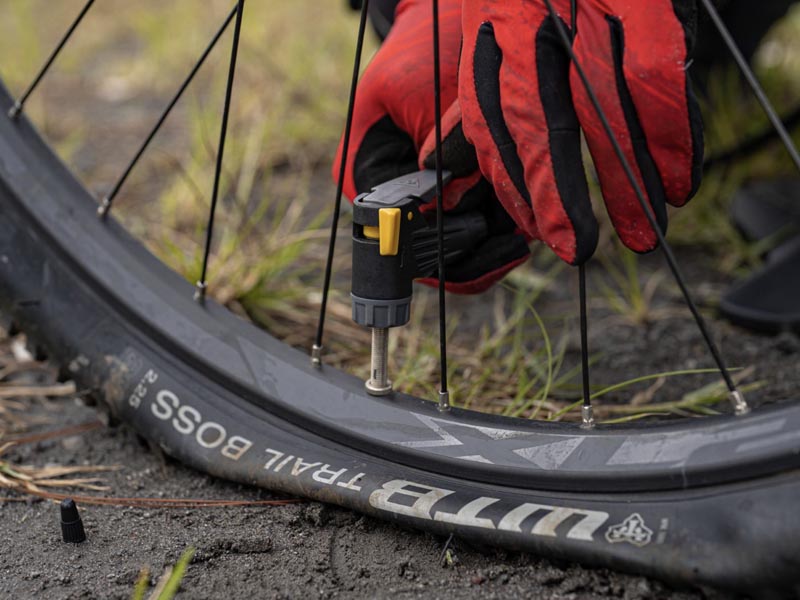
Punctures frustrate cyclists as they cause delays during rides. A flat tire can be messy and time-consuming to fix, particularly on long or distant trips. They also pose a safety risk, potentially causing bike control loss and accidents. Furthermore, repeated punctures can require costly replacements of tires and inner tubes, burdening riders financially. Cyclists must, therefore, know how to avoid and promptly address punctures.
Prevention:
- Maintaining proper tire inflation is crucial for several reasons. First, riding underinflated tires can increase the risk of punctures and flats. It can also negatively impact the handling and performance of your bike, making it more difficult to ride. Checking your tire pressure regularly, ideally before every ride, is essential to ensure that it’s within the recommended range.
- Another way to prevent flat tires is to carry a puncture repair kit. This kit should include a spare tube, tire levers, and a pump or CO2 cartridge. With these tools with you, you can quickly fix a puncture and get back on the road without having to call for help or pay for a costly repair.
- When cost isn’t a factor, try switching to tubeless tires. While the initial investment can be high, with tubeless-ready rims and tires being more expensive and requiring sealant and a compatible inflator, long-term savings on tube replacements and patches can be realized eventually.
Read More: 5 Tips to Avoid Tire Puncture
2. Worn and Loose Parts
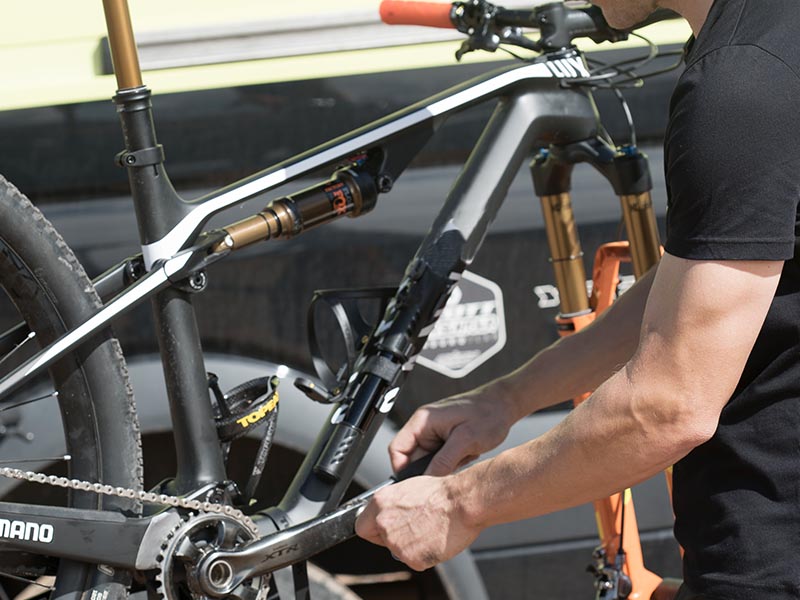
Worn and loose parts are common bike issues that can be costly to fix. Time and exposure to the elements can cause parts to wear out. Other than that, vibrations from riding can loosen bolts and components. These issues can lead to poor performance, decreased efficiency, and safety hazards. Ignoring them can result in bigger problems and require expensive repairs or replacements.
Prevention: M-Check
An M-check is a systematic inspection of your bike that covers all the key components to ensure they’re working properly and safely, mimicking the letter M, so nothing is missed out:
- Check rear wheel tightness
- Ensure spokes tension by plucking each spoke
- Check tire pressure
- Check saddle and seat post clamp tightness
- Keep the chain clean and oiled, but not too much
- Make sure the pedals spin smoothly and the cranks are tight
- Check front wheel and stem movement and handlebar clamp tightness
- Check if there is any rocking or clicking in the headset
- Check both brakes
- Inspect the frame for cracks or damage, especially near the head tube
- Check front wheel tightness
3. Derailleurs Shifting Misalignment
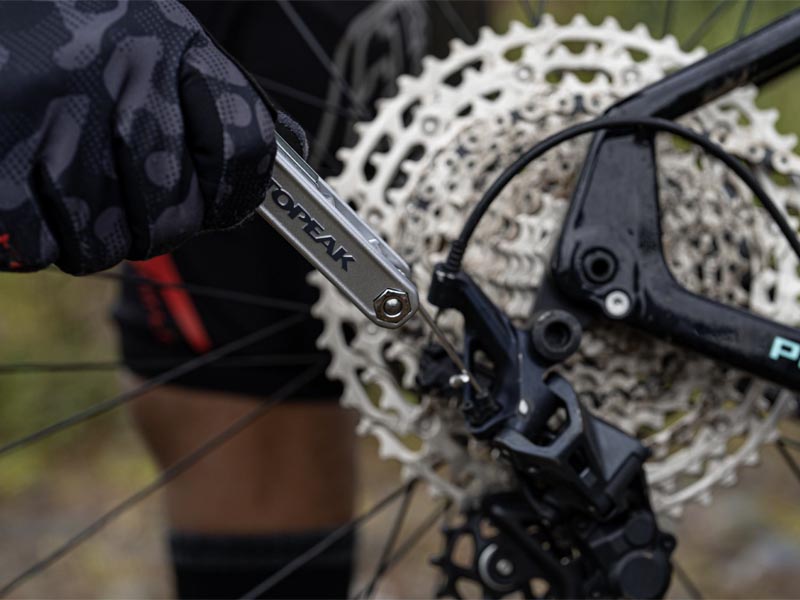
Some common issues include shifting problems, chain slipping, and the derailleur getting caught in the spokes. These issues can cause significant delays during a race or training ride, leading to frustration and lost time.
Prevention:
- Regular cleaning and lubrication (every 2-4 weeks): Dirt, grime, and grit can build up in the derailleur over time, causing it to misalign. Regular cleaning and lubrication can help prevent this from happening. Simply wipe down the derailleur with a clean cloth and use a bike-specific lubricant to keep the moving parts well-oiled.
- Regular cable and housing replacement (every 6-12 months): Over time, the cables and housing that control the derailleur can stretch, fray, or wear out. This can cause shifting issues and make it difficult to get the bike into the right gear. Consider replacing the cables and housing every 6-12 months, depending on how frequently the bike is used.
- Professional derailleur adjustment (as needed): If you’re experiencing persistent shifting issues despite regular cleaning, lubrication, and cable replacement, it may be time for a professional derailleur adjustment. This involves adjusting the derailleur’s limit screws, cable tension, and indexing to ensure the gears shift smoothly and accurately.
4. Chains Wear and Tear
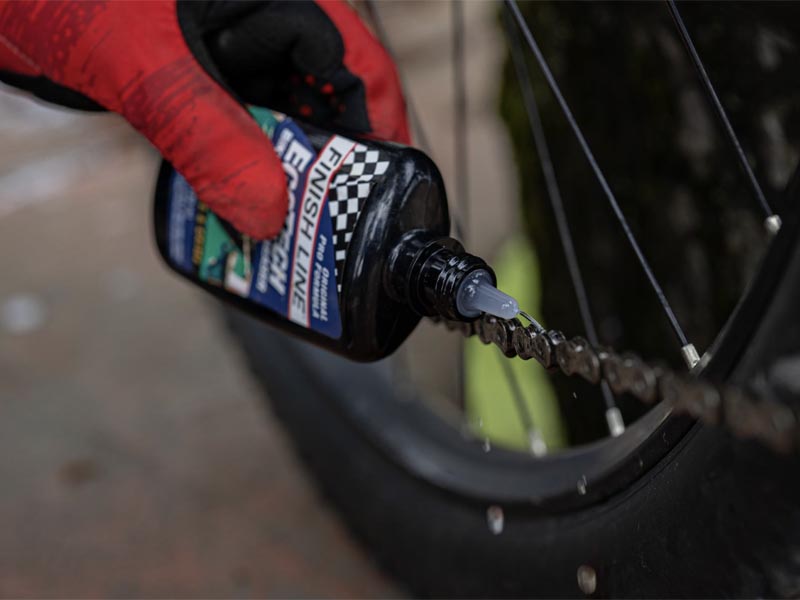
Over time, the chain can stretch and become loose, causing it to slip off the teeth of the cassette or chainrings. This can lead to poor shifting, a noisy drivetrain, and even damage to other components. Another issue is that the chain can become dirty and clogged with debris, leading to poor performance and wear.
Prevention:
- Riding your bike using proper shifting techniques and avoiding excessive force on the pedals can also help prevent chain issues. This includes shifting to the appropriate gear for the terrain and using a smooth pedalling motion.
- Regularly cleaning and lubricating the chain is important to keep it running smoothly. Use a rag and specific chain cleaner to remove debris and dirt, then apply a high-quality lubricant. The frequency of cleaning depends on use and environmental conditions, but it’s generally recommended every 160-320 kilometres.
- Finally, replacing the chain regularly can help prevent issues from occurring. Chains should be checked for wear using a chain wear indicator tool, and replaced before they become too stretched or damaged. How often this should be done also depends on the rider’s frequency of use, but replacing the chain every 1,600-3,200 kilometres is generally recommended.
5. Worn Brakes
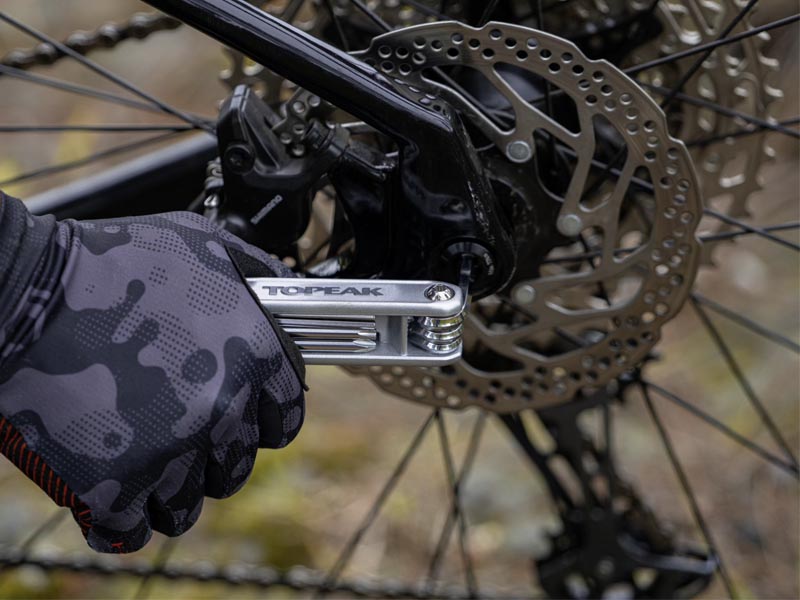
Some common problems with brakes include worn brake pads, worn cables, and misaligned brake callipers. It’s important to note that brake problems should not be ignored and should be addressed immediately for safety reasons.
Prevention:
- Regularly check and adjust the brake pads: The brake pads should be inspected regularly to ensure they are not worn down and are making proper contact with the rim or rotor. They can also be adjusted to ensure they are properly aligned with the braking surface. This should be done every 500-1000 kilometres of riding.
- Clean the braking surface: The rim or rotor surface should be kept clean to prevent any debris from getting caught in the brake pads and reducing their effectiveness. This can be done by wiping them down with a rag or using a specific brake cleaner. This should be done every 1000-2000 kilometres of riding.
- Replace worn components: If the brake pads or braking surface are too worn down, they will need to be replaced. This can also include replacing the brake cables and housing if they are old or worn out. The frequency of replacement depends on the rider’s frequency of use and environmental conditions, but it’s generally recommended to replace brake pads every 4000-5000 kilometres of riding and cables and housing every 8000-10000 kilometres of riding.
Conclusion
Riders can ensure their bikes are in optimal condition by doing regularity performing maintenance tasks completed with the frequency of use and environmental conditions. By following these guidelines, your bike will become better in performance, and safety, and maintain a longer lifespan.
Check our offline store if you need professional help with your bikes. Our website also offers high-quality products with various promotions, including sales of up to 70% and a 0% Installment fee. We’re here to help you have a safe and enjoyable riding experience.






